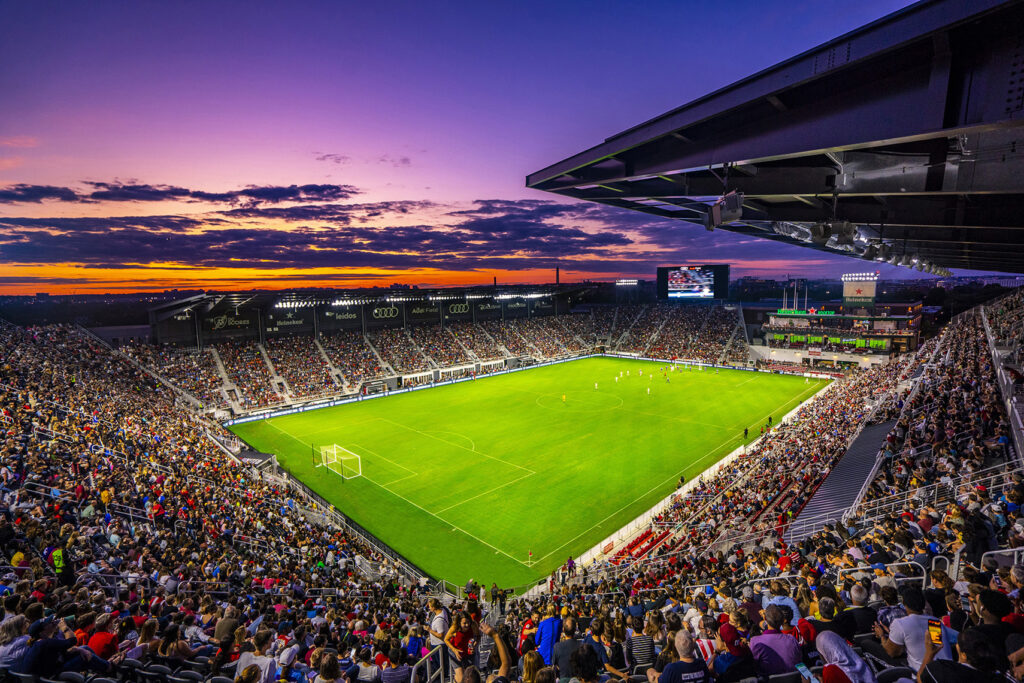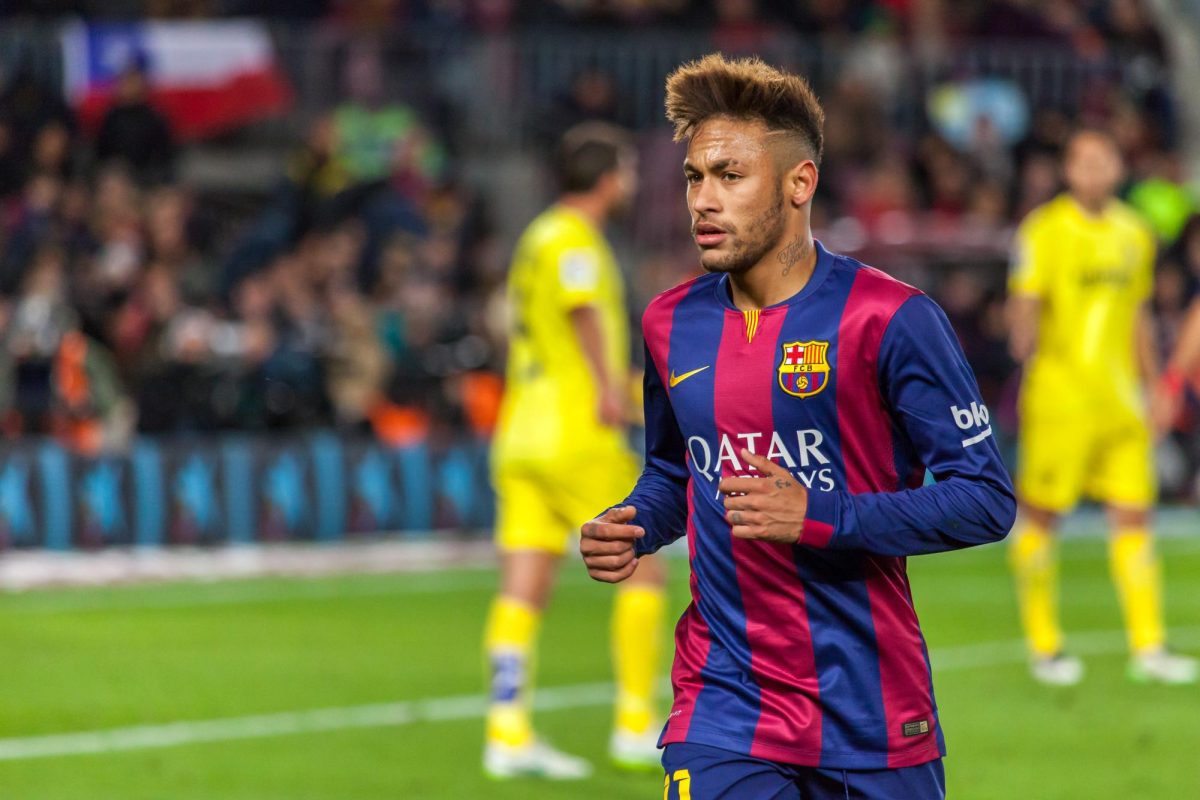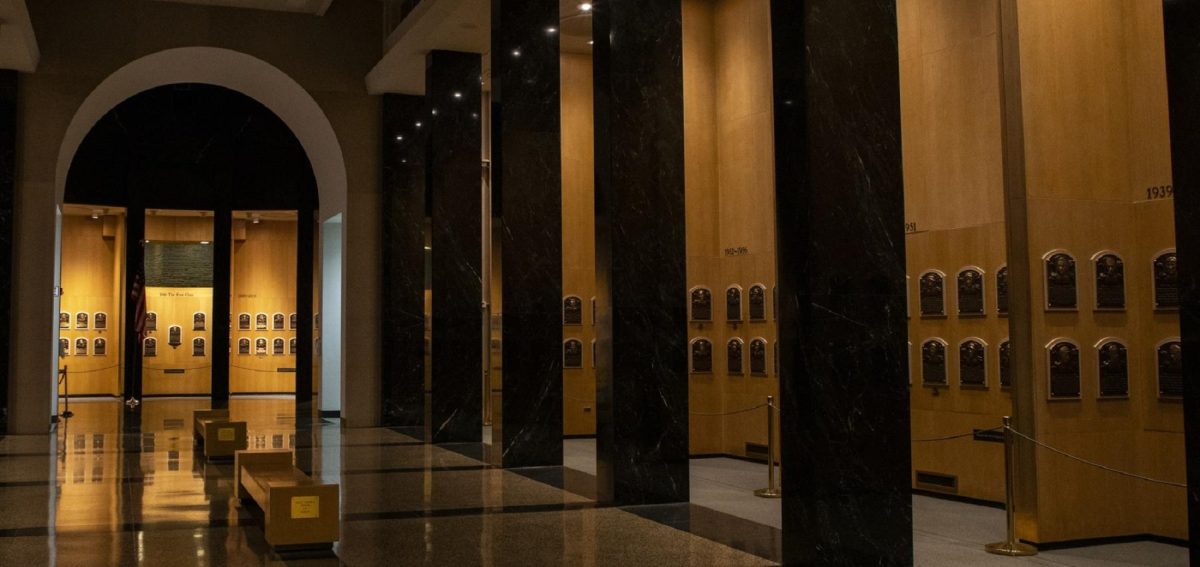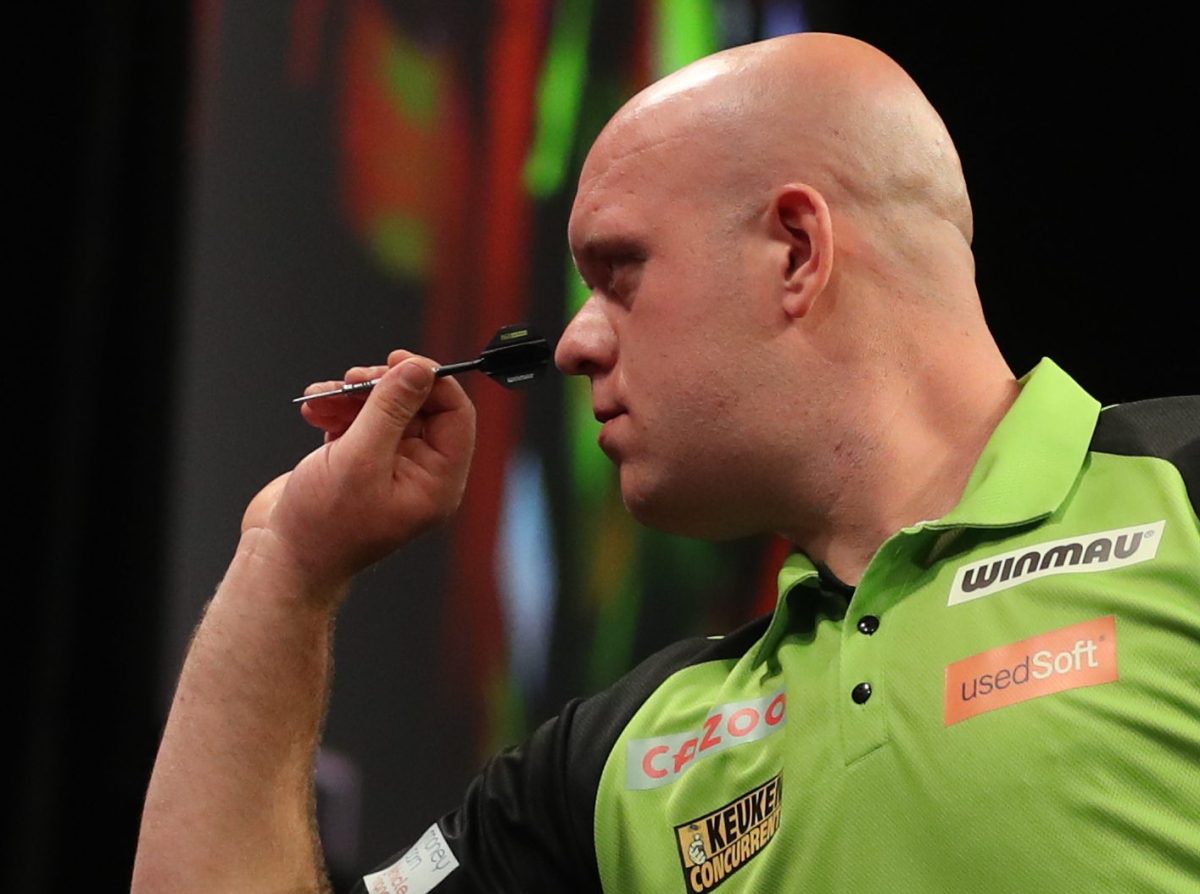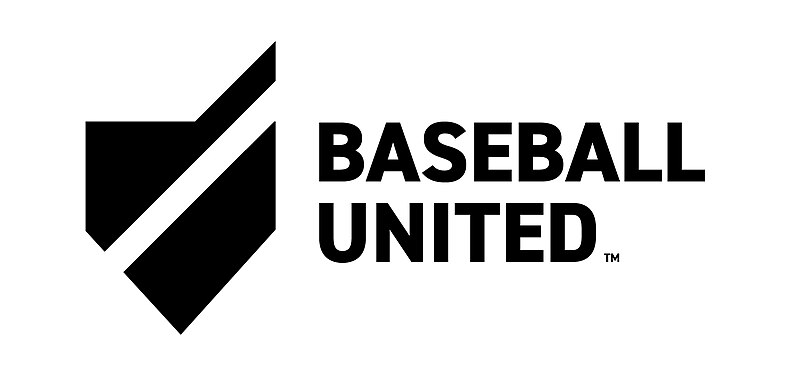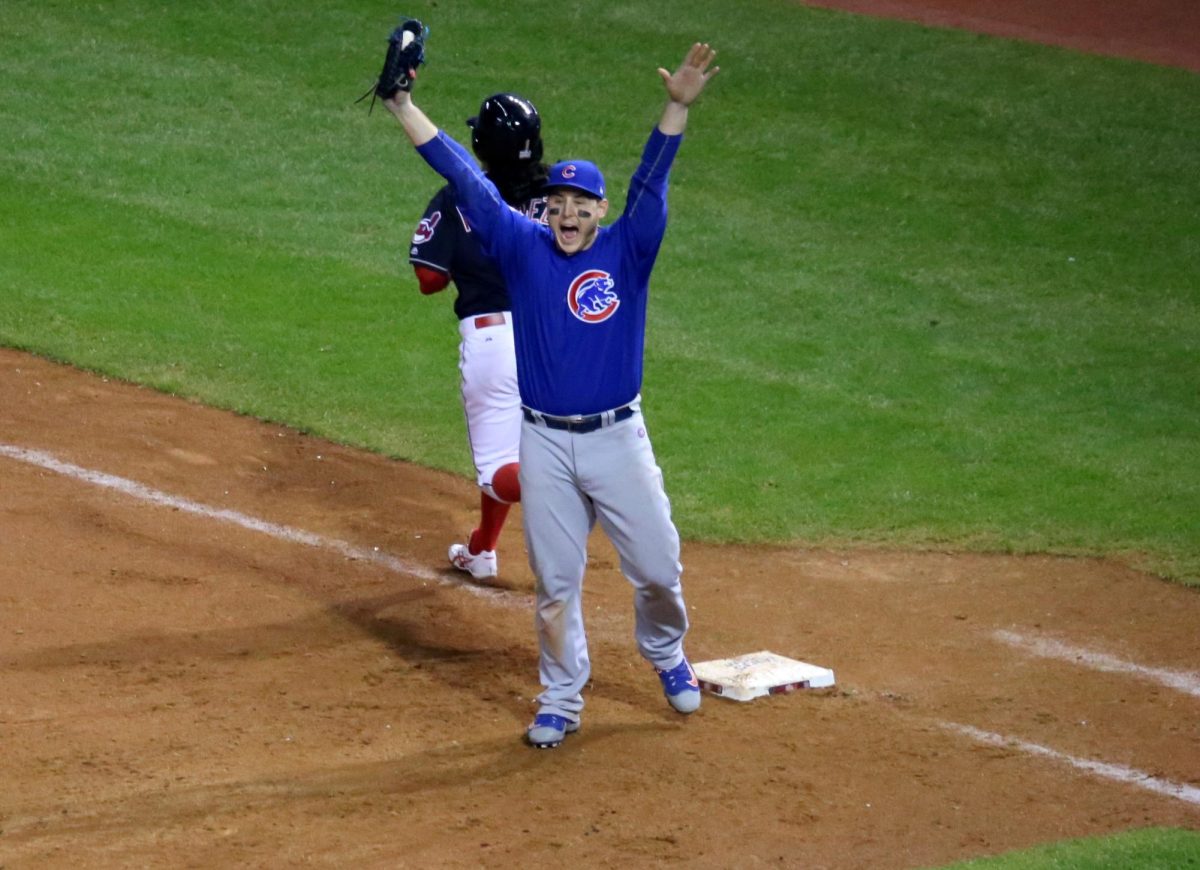Lionel Messi’s signing with Inter Miami CF this past summer was undoubtedly the most notable Major League Soccer (MLS) signing ever made. The winner of eight Ballon d’Ors, four Champions Leagues and one World Cup is easily the highest-paid MLS player of all time and has arguably garnered the most hype of any international sports star arriving in U.S. sports leagues ever.
But Messi’s unprecedented salary and clout are where his distinctions in MLS history end. In fact, Messi’s arrival is indicative of the historic pattern of error that MLS clubs have made in the past two decades. MLS clubs’ investment in older, declining players distracts from the resource allocation and attention necessary for sustained youth development, condemning clubs to a fate where they will never be as competitive as historically great leagues in Europe and abroad.
Ask Americans who the most notable MLS players of the last two decades have been, and you’ll get responses including Zlatan Ibrahimović, Thierry Henry, David Beckham and now Lionel Messi. Beckham’s 2007 signing marked the first prominent European to come to the MLS, and since then, the MLS has identified itself in world football as the desired retirement home for top European players.
So many old, declining, once-talented players have come to the MLS for one to three seasons that it’s hard to keep tally without forgetting a few. Some of the most notable include David Villa, Bastian Schweinsteiger, Wayne Rooney, Frank Lampard, Steven Gerrard and Gonzalo Higuaín, and that list doesn’t even include Ballon d’Or winner Ricardo Kaká or five-time Champions League winner Gareth Bale.
The short of it is that MLS clubs spend incredible amounts of money to attract European players who, at the end of their careers, often don’t give their clubs more than two years of service. While attracting these older stars, MLS teams ignore investment in youth development or simply sell their talented youngsters to European teams (see Alphonso Davies, Tyler Adams, etc.). This creates an entirely backward system: MLS teams buy high on players past their primes, and either sell low on players who haven’t yet reached their prime or simply underinvest in the youth system entirely.
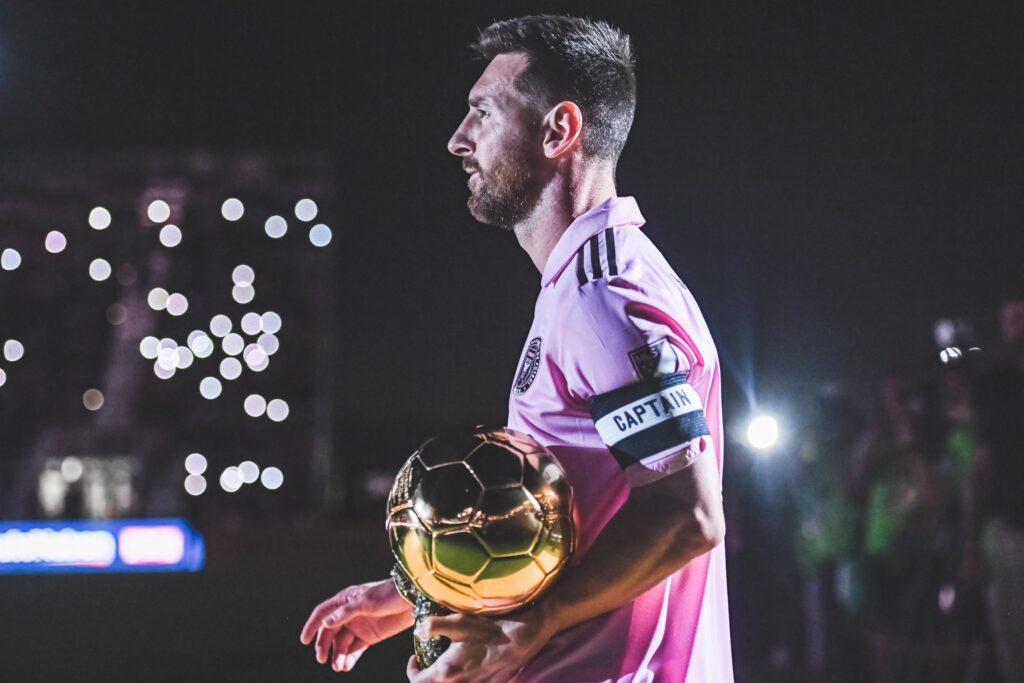
The Los Angeles Galaxy exhibited a possible solution to the problem this year: they invested in 23-year-old La Masia product Riqui Puig from Barcelona, a promising center midfielder who’s received attention from other top clubs in Europe. Appearing in 28 games this year, Puig held the highest passing completion percentage among qualified midfielders in MLS and tallied 7 goals and 4 assists with 6 man-of-the-match performances.
Let’s compare Messi’s transfer and Puig’s transfer. Messi is 36, earns $12 million per year and self-admittedly has probably one to two more years left in his career. Puig is 24, earns $1.65 million per year, has at least 10 years left in his career and, most importantly, has value as a future asset that LA Galaxy can potentially deal in three or four years.
Players like Lionel Messi have no future profitability. Therefore, teams should instead invest in similarly skilled younger European players like Puig or devote assets away from transfers and into youth development to produce top players.
The MLS is not the only league in world football that invests too heavily in older, declining players. The Chinese Super League (CSL) had an influx of European transfers in 2017, including prominent Brazilian players Hulk and Oscar as well as Argentine Ezequiel Lavezzi. The transfer of these several players did little to stimulate success in the league — though the players have done well for their short careers in the CSL, the league could not sustain itself on an influx of deteriorating players and declined after a short period of growth.
The Saudi Pro League has garnered more attention than any other international league in the past year, precipitated by the signing of Cristiano Ronaldo last December. Since then, truly insane amounts of money have attracted other players, some of whom are still in the prime of their careers. Time will tell whether the Saudi Pro League is sustainable, but the history of the MLS indicates that it won’t.
Though U.S. soccer fanatics may not like to hear it, Messi’s signing won’t change anything either because the history of MLS has been very clear: supplanting youth development with investment in older, declining players at the end of their career has never proved successful in the long term.







